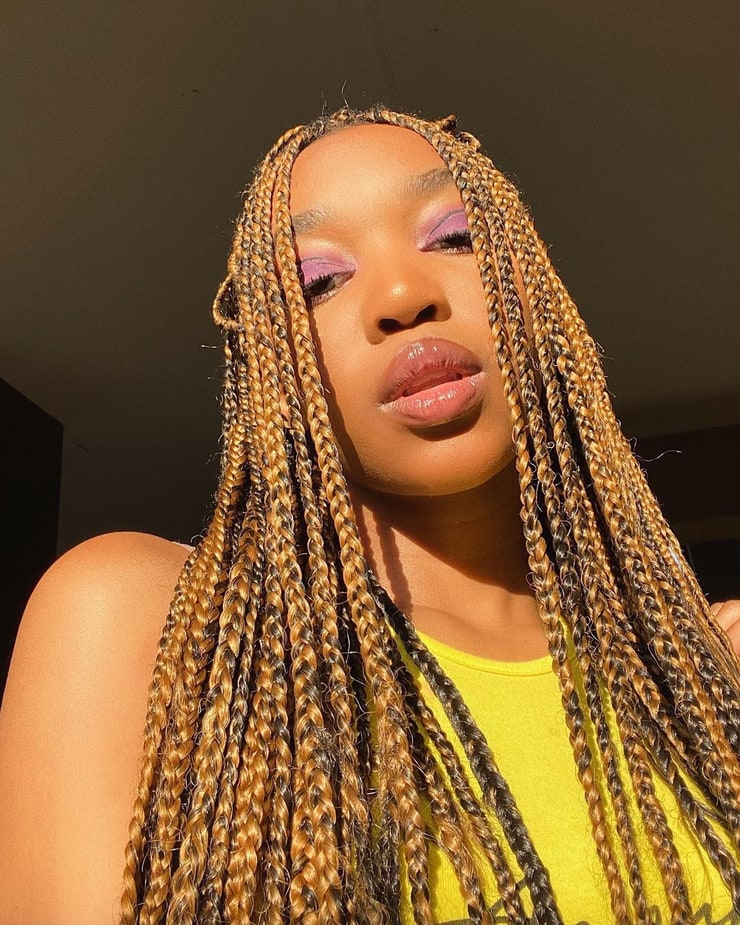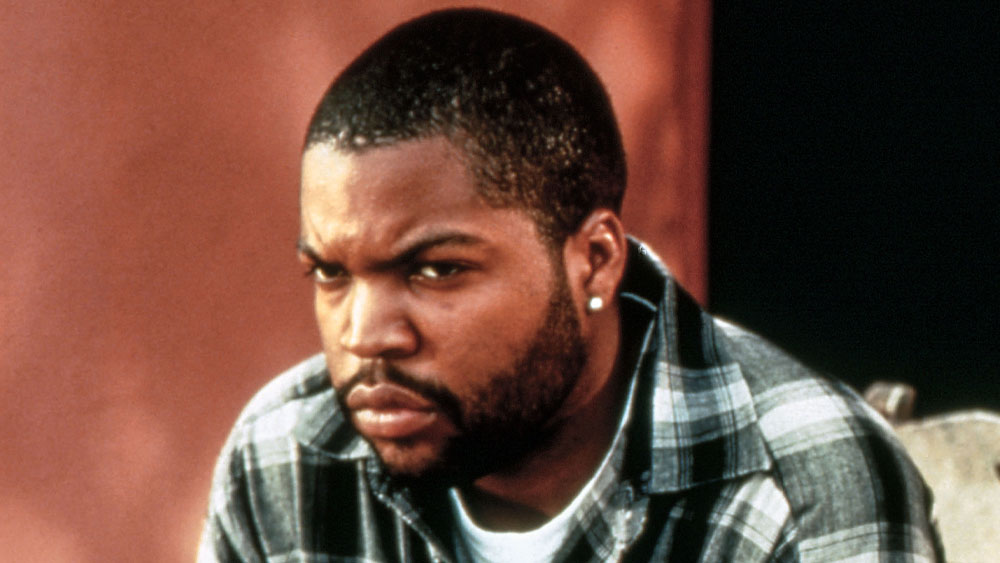The Dangers Of Synthetic Hair Braids: A Health Risk Assessment For Black Women

Table of Contents
Traction Alopecia and Hair Loss from Synthetic Braids
Traction alopecia is a form of hair loss caused by prolonged tension or pulling on the hair follicles. With synthetic hair braids, the weight of the extensions, combined with tight braiding techniques, can significantly increase the risk. The heavier the synthetic hair, the greater the pull on the scalp, potentially leading to irreversible damage. This is especially true if the braids are kept in for extended periods.
Symptoms of traction alopecia include:
- Receding hairline
- Thinning hair, particularly around the temples and edges
- Scalp tenderness or pain
- Itching or inflammation
To mitigate these risks, prioritize proper braiding techniques. Avoid excessively tight braids, and opt for looser styles that allow for better scalp circulation. Consider less weighty synthetic hair options or explore alternative protective hairstyles like loose braids, twists, or bantu knots that minimize tension.
Scalp Infections and Hygiene Concerns with Synthetic Braids
Synthetic hair, unlike natural hair, is not as breathable. This lack of ventilation, coupled with infrequent washing, creates an ideal environment for bacteria and fungi to thrive, leading to various scalp infections. The buildup of sweat, oils, and dead skin cells under the braids can further exacerbate the problem.
Preventing scalp infections requires diligent hygiene practices:
- Regular washing of the scalp and hair – even with braids installed, gentle cleansing is crucial.
- Use of antimicrobial shampoos specifically formulated for sensitive scalps.
- Avoiding scratching or picking at the scalp, which can introduce further infection.
Folliculitis, a common scalp infection manifesting as inflamed hair follicles, is a frequent concern with synthetic hair braids. Proper ventilation is essential to avoid trapping moisture and sweat, creating a breeding ground for infection. Regularly checking your scalp for any signs of infection and seeking professional medical advice at the first sign of trouble is crucial.
Allergic Reactions and Chemical Exposure from Synthetic Hair
Synthetic hair often undergoes chemical processing for coloring, texturizing, and styling. These chemicals can trigger allergic reactions in sensitive individuals, resulting in contact dermatitis, an inflammatory skin condition characterized by itching, redness, and swelling.
Minimizing these risks involves:
- Patch testing new synthetic hair before a full installation. Apply a small amount to your skin and monitor for any adverse reactions.
- Opting for hypoallergenic synthetic hair options, if available. These often undergo less chemical processing.
- Ensuring proper ventilation during the braiding process to reduce chemical exposure. This will help minimize inhalation of potential irritants.
Long-term Effects of Wearing Synthetic Braids
The cumulative effects of tight braiding and scalp irritation over extended periods can be significant. Ignoring these issues can lead to permanent hair loss, scarring, and long-term damage to hair follicles. Regular check-ups with a dermatologist or trichologist are highly recommended, especially if you frequently wear synthetic hair braids. Early detection and intervention are key to preventing irreversible damage.
Conclusion: Making Informed Choices about Synthetic Hair Braids
Synthetic hair braids offer undeniable style versatility, but neglecting the potential health risks can have severe consequences. Remember that proper hygiene, choosing high-quality synthetic hair with minimal chemical treatments, and avoiding excessively tight braiding styles are vital for maintaining healthy hair and scalp. Prioritize regular scalp checks and consult with a healthcare professional if you experience any concerning symptoms. Protect your hair health: make informed decisions about your synthetic hair braids!

Featured Posts
-
 Last Friday Sequel Confirmed Ice Cube To Lead
May 27, 2025
Last Friday Sequel Confirmed Ice Cube To Lead
May 27, 2025 -
 Tracker Season 2 Episode 12 How To Watch Tonights Cbs Premiere
May 27, 2025
Tracker Season 2 Episode 12 How To Watch Tonights Cbs Premiere
May 27, 2025 -
 Lagarde Kueresel Ticaret Gerilimleri Ve Yuekselen Enflasyon
May 27, 2025
Lagarde Kueresel Ticaret Gerilimleri Ve Yuekselen Enflasyon
May 27, 2025 -
 Kai Cenat Remains Silent After Friends Racist Joke Controversy
May 27, 2025
Kai Cenat Remains Silent After Friends Racist Joke Controversy
May 27, 2025 -
 Pregnancy Rumors Swirl Gwen Stefani And Blake Shelton Expecting
May 27, 2025
Pregnancy Rumors Swirl Gwen Stefani And Blake Shelton Expecting
May 27, 2025
Latest Posts
-
 Giorgi Mamardashvili Valencias Shock Victory Over Real Madrid
May 29, 2025
Giorgi Mamardashvili Valencias Shock Victory Over Real Madrid
May 29, 2025 -
 Westerveld Critiques Mamardashvilis Recent Form
May 29, 2025
Westerveld Critiques Mamardashvilis Recent Form
May 29, 2025 -
 Sander Westerveld Concerned Analyzing Mamardashvilis Performances This Season
May 29, 2025
Sander Westerveld Concerned Analyzing Mamardashvilis Performances This Season
May 29, 2025 -
 Liverpool Fc Legends Full Squad Lineup Revealed For Anfield Charity Game
May 29, 2025
Liverpool Fc Legends Full Squad Lineup Revealed For Anfield Charity Game
May 29, 2025 -
 Confirmed Full Squad List For Liverpool Fc Legends Charity Game At Anfield
May 29, 2025
Confirmed Full Squad List For Liverpool Fc Legends Charity Game At Anfield
May 29, 2025
